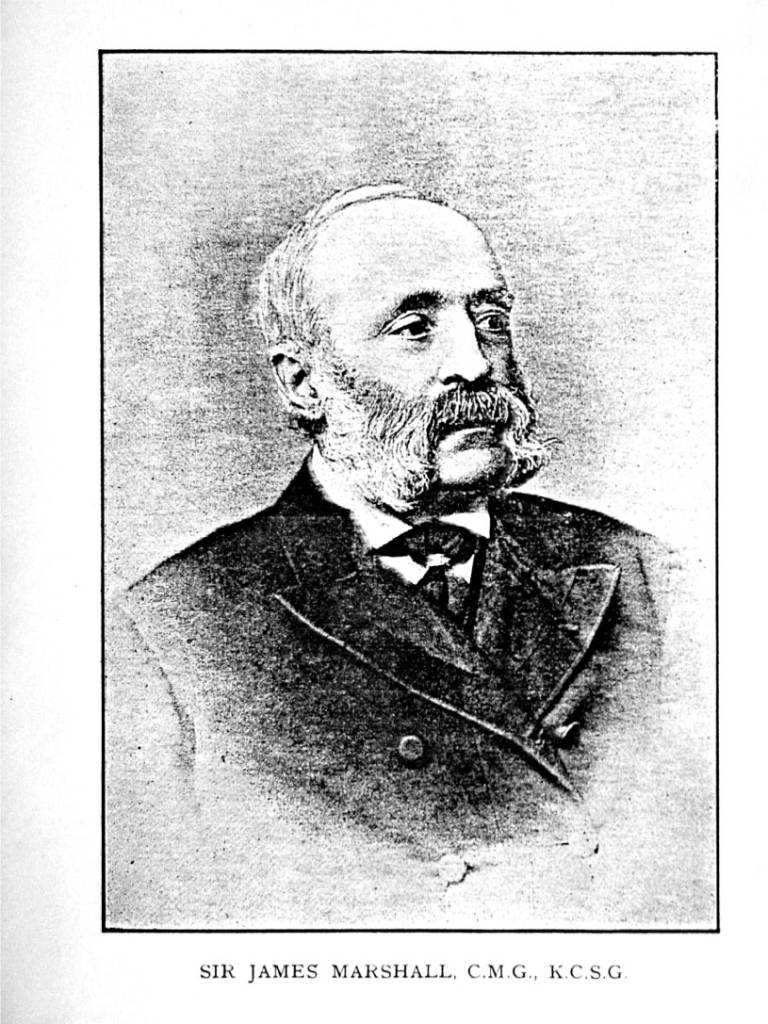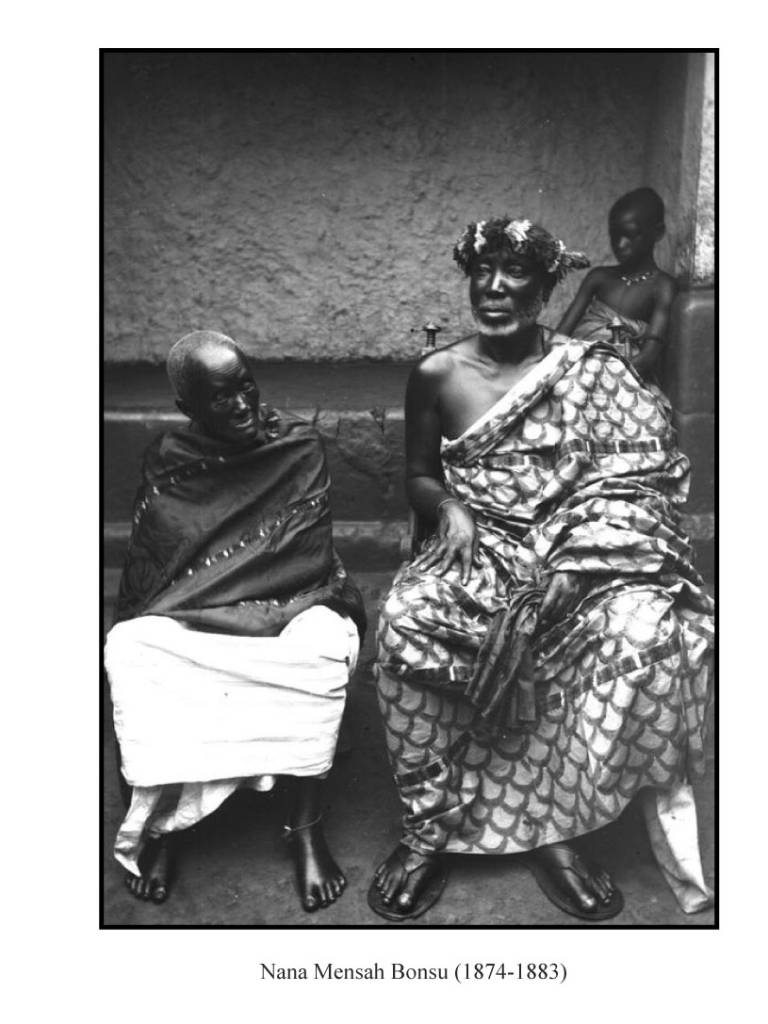The first seed of Christianity in Africa was sown in the 1st century in North Africa, in such places as Egypt, Libya, Sudan and Ethiopia with great figures such as Tertullian, Origen, Clement of Alexandria, Cyprian, Monica and Augustine. This phase of Christianity in Africa was wiped away completely by the Islamic threat of the 7th century A.D.
The second phase of Christianity was rekindled in Gold Coast (Ghana) by the Portuguese in 1471. When the Portuguese arrived, they discovered that there was abundance of precious minerals in the area and so named the place “Gold Coast.” In order to protect their monopoly, they leased out land from the coastal people and erected a chain of fortified stone-forts or castles along the sea board. The first and oldest among them was Sao Jorge da Mina (St. George at Elmina) in 1482.
The Portuguese were more interested in trade and commerce than the Christian conversion of the native population. Thus, the early Portuguese priests-chaplains confined their ministry mainly to the spiritual needs of their own people inside the forts. Hence, it took quite some time before ever a chapel, the first of its kind, with a school attached, was built and opened for the native people on a small hill outside of the Elmina castle.
The Roman Catholic Church was followed by “the United Brethren or the Moravian Church (1737), the Society for the Propagation of the Gospel in Foreign Paris (1752), the Basel Evangelical Missionary Society (1828), the Wesleyan Methodist Missionary Society (1834) and the North German Missionary Society or the Breman Mission (1847).”1
The Catholic missionary efforts from 1470-1880 were unsuccessful due to the Trans-Atlantic Slave Trade, the missionaries’ attitude towards local people, the missionaries’ pre-mature deaths, the local people’s suspicion of the missionaries and the lack of translation of the Bible into the local language.2
The first to be become seriously interested in direct apostolate of the Ghanaian native peoples were the Portuguese Capuchins, and later the Augustinians in 1572, followed by the French Capuchins in 1633.
Many of the surviving Catholic communities established by these trader missionaries even though small and isolated, maintained their religious traditions in the Gold Coast many years after the Portuguese had been expelled from the Gold Coast in 1642 by the Dutch, and the Dutch by the British in 1785.
Unfortunately, for the Catholic Church, the British who assumed power in the Gold Coast in about 1785 complicated issues of the Catholic tradition by bringing the Protestant tradition into the Gold Coast. Thus, from the period from 1642 to 1879, little or no Catholic presence in the country was tolerated.
However, in 1879, a new prefecture-apostolic of the Gold Coast (Ghana) was created by Rome from the Vicariate of the two Guineas with its 5,000 miles of West African coastline, all confined to the Holy Ghost Fathers in 1842.
Some of the people responsible for this historic change include Sir James Marshall, a British colonial judge, and a convert from Anglicanism, who deplored the fact that there was not a single Catholic priest in the whole British colony and tenaciously kept up correspondence with Rome on the matter. He wrote: “There is no country in the world where a Catholic mission could be more easily established… yet the whole of the Gold Coast there is not a single Catholic priest.”3


The third phase of Christianity in the Gold Coast (Ghana) started with Fr. Louis Charles Gommenginger, the Holy Ghost missionary from Freetown, Sierra Leone, who was asked by Rome to make a feasibility study of the area, and visited the Ashanti capital, Kumasi. According to Fr. Troy, Fr. Gommenginger landed at Cape Coast on May 8, 1878, but instead of going to Accra, the capital of the Gold Coast, to see the British Governor, he made an eight days’ difficult journey inland to Kumasi, the capital of Ashanti. He arrived in Kumasi safely on May 16, 1878, and was given a royal reception by the King of Ashanti, Nana Mensah Bonsu (1874-1883), and the Queen Mother. Later, Fr. Gommenginger wrote to his Superiors and to Rome in these words: “We can hope for great things from the Ashanti because once they accept the faith, they will become just as excellent Christians as they are now valiant soldiers.”4
Fr. Gommenginger’s report was very favourable, but the Holy Ghost Fathers were unable to take on this new but promising territory for lack of personnel. Hence, Rome entrusted it to the Society of African Missions (SMA). Thus, a year later, in 1880, the first two missionaries, Frs. Moreau and Murat landed at Elmina where the first mission Church and school were built by the Portuguese Capuchins.
The Roman Catholic Archdiocese of Accra
The first Metropolitan Archbishop of Accra was Most Rev. Dominic Kodwo Andoh (1992 – 2005); followed by Most Rev. Charles G. Palmer-Buckle (2005 – 2018), appointed Archbishop of Cape Coast and Most Rev. John Bonaventure Kwofie (2019 – Present).
Suffragan Dioceses
In 1992, Accra was elevated to a Metropolitan See and Most Rev. Andoh was made the Metropolitan Archbishop. The Metropolitan Archdiocese of Accra has four suffragans. While the Ho, Jasikan and Keta-Akatsi Dioceses cover the Volta Region of Ghana, Koforidua Diocese and the Vicariate of Donkorkrom span a vast area of the Eastern Region.

